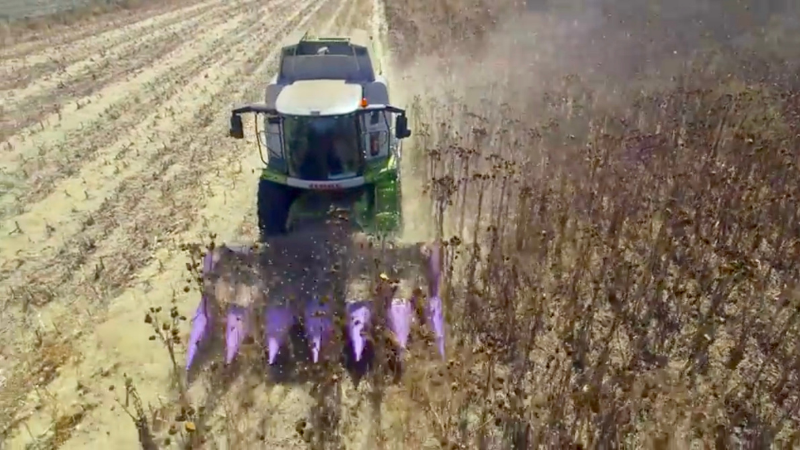by Coldiretti National Confederation
Description
In 2015, the Italian farmers’ organisation Coldiretti signed an agreement with the company Novamont for the establishment of a new agro-industrial value chain for bioplastics and bio-lubricants. This joint venture is named Matrica and is focused on the exploitation of the cardoon. The cardoon is a naturally occurring species, grown on abandoned and uncultivated lands, that spontaneously grows in a large area of the Sardinia region; it does not need water irrigation, provides an anti-erosion effect and it has good adaptability to harsh territories if compared to other productions.
This input – together with other agricultural waste – is sold by farmers to the Matrica bio-refineries, which transform these elements into biochemical, bases for bio-lubricants, monomers for bioplastics and bio-additives for rubber.
The core idea is to create an agricultural value chain that respects the territory, valorises abandoned non-irrigated areas and introduces a bio-refinery deeply integrated into the territory in synergy with the food supply chain and aimed at producing high added-value products exploiting local raw materials.
Results
The project introduces a new model of regional development based on a collaboration between agriculture and the innovation industry and that gives practical application to the concepts of circular economy and innovation, at the same time providing additional sources of income for farmers and increasing vitality of rural areas. Main results are:
- The exploitation of abandoned lands, considered no longer profitable for food production;
- The creation of an integrated supply chain, gathering together farmers and industry;
- Efficient use of agricultural waste and/or residues;
- Cascade use of resources;
- Creation of new income opportunities for farmers;
- Development of new innovative and sustainable products.
Climate smartness
This project is designed to diversify production within farms and use highly tolerant species to drought conditions, to generate raw materials with commercial value in the biochemical industry. Additionally, by including the use of crop residues, contributes to the reduction of greenhouse gas emissions. Therefore, the project is framed in the three CSA pillars: adaptation, mitigation, and productivity.
It is important to highlight the agreements made with the processing industry since this type of trade agreements guarantee the success of this type of initiatives, which is important for scaling up of these innovative production systems.
*This is done in the framework of climate-smart agriculture (CSA) approach. Climate-smartness in agriculture means understanding impacts of climate change and variability along with the agricultural activity, which includes the planning of what crop to plant, when to plant, what variety to plant and what type of management practices are needed to reduce the impact on the environment (e.g. emissions reduction), maintain or increase productivity (e.g. yields) while increasing resilience and improving livelihoods.


